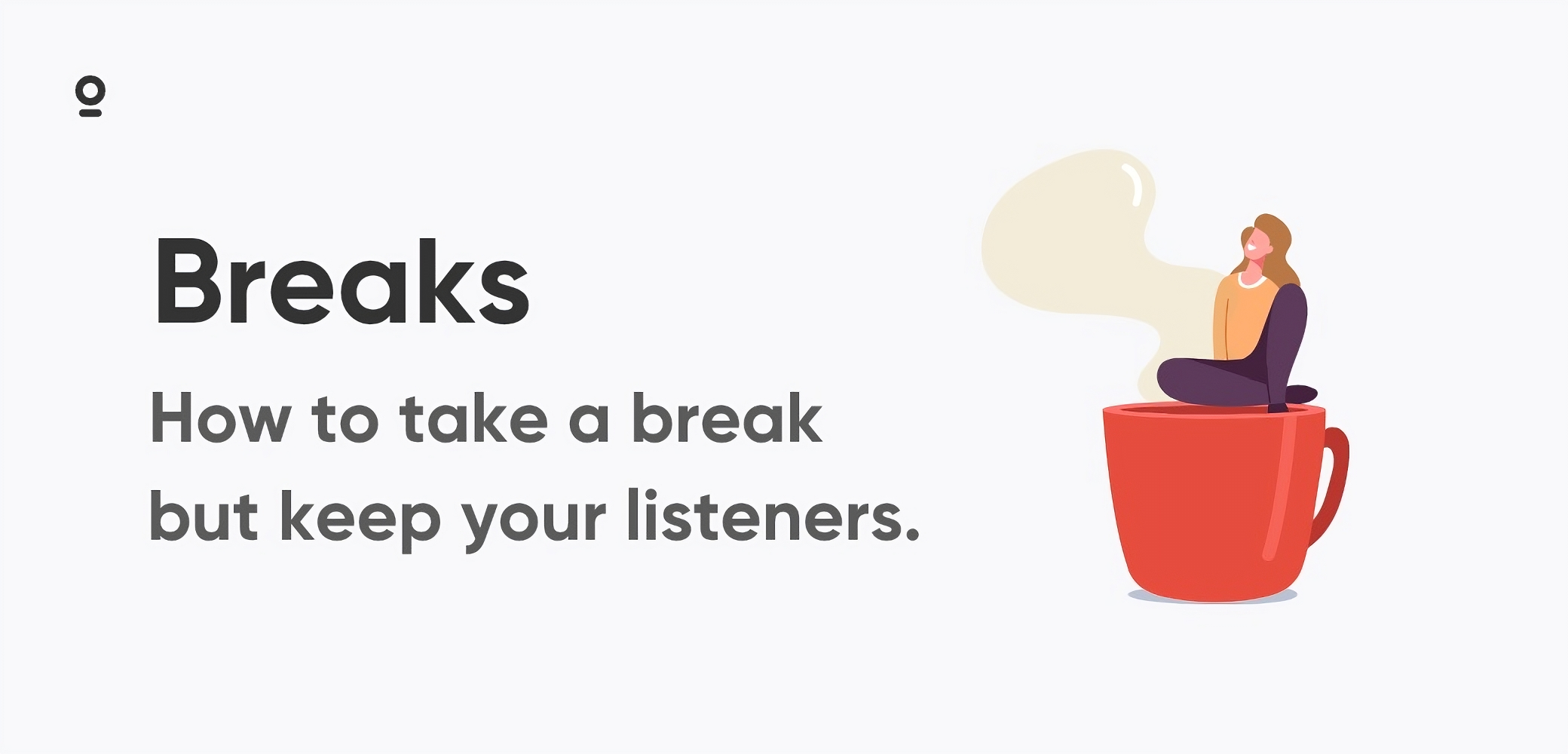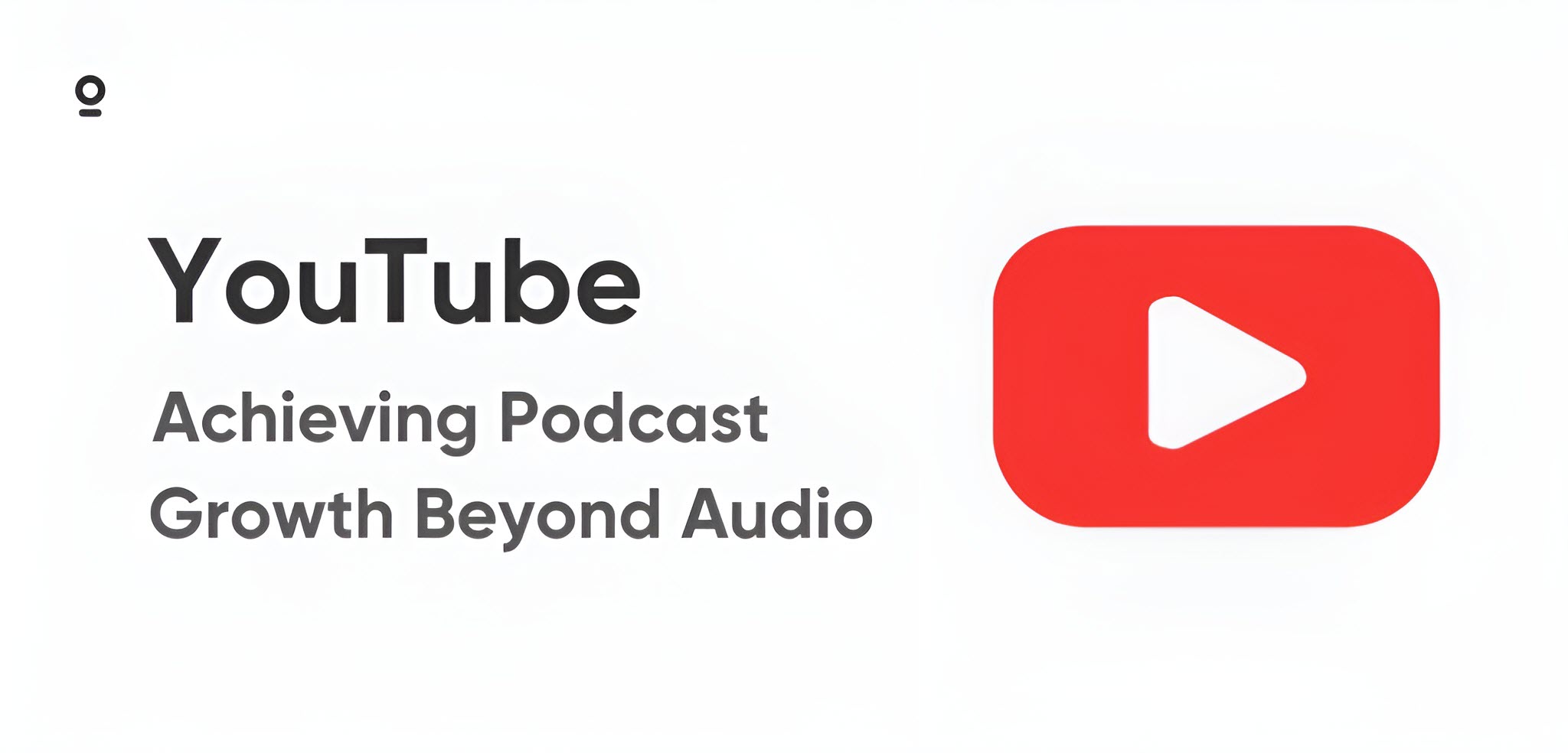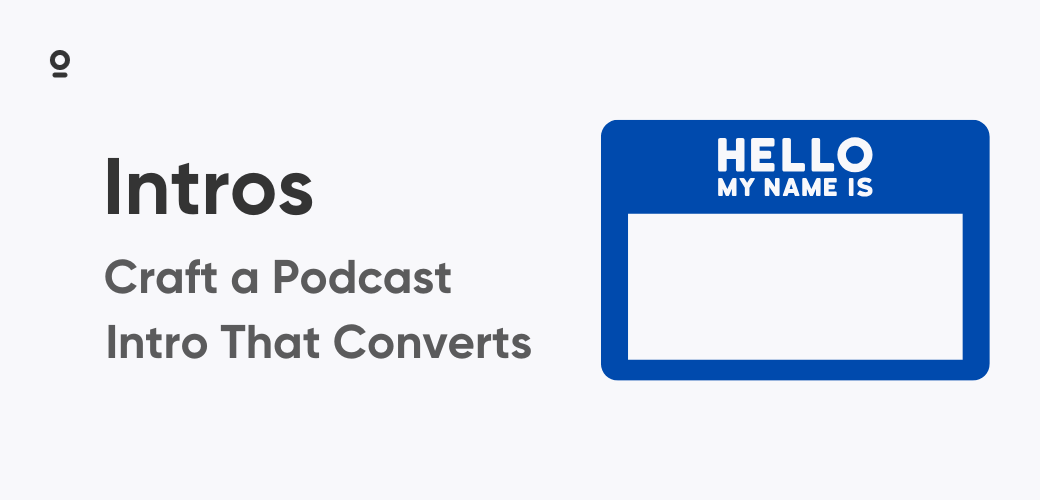Podcasting is marathon work. At some point every host needs breathing room, whether for year‑end celebrations or a mid‑season recharge. The secret is to step away without letting the feed, the audience, or the ad pipeline go cold.
Why a Planned Pause Works
Audience behavior backs you up. In December 2024, Podtrac found only two U.S. publishers posted month‑over‑month download growth; everyone else slipped. One month later, downloads rebounded for seventeen publishers. Listeners leave, then come roaring back when routines resume.
Advertisers know the cycle. The Magellan AI Q4 2024 benchmark shows podcast ad spending up nineteen percent year over year, but most campaigns front‑load before the final shopping weekend. At the same time, average host‑read CPMs hovered near twenty‑three dollars in early 2025. That means shifting a late December episode will not crater revenue, provided impressions deliver elsewhere.
Four Low‑Lift Ways to Keep the Feed Warm
Even a small presence in the feed helps maintain momentum and keeps your show top of mind.
Stretch the cadence
Publish every other week during the lull. Half the workload, steady presence.
Best‑of special
Curate standout segments, bloopers, or fan‑favorite interviews. Fresh framing plus existing tape equals quick win.
Feed swap or guest takeover
Trade an episode with a peer show that matches your niche. Cross‑pollinate audiences and give each team a week off. My Worst Date and Boobies & Noobies have done this during holiday seasons with listeners treating it like a special gift.
Solo mini or trailer
If your format is normally panel or interview, a ten‑minute personal update feels intimate and keeps the algorithm happy.
These tactics also cover a non‑holiday hiatus. The main difference is expectation: audiences anticipate holiday slowdowns; they need more notice for a random summer break.
Build the Buffer
Record ahead. Two evergreen episodes in November or any quiet month can cover a two‑week gap later. Remote platforms such as Zencastr capture separate high‑quality tracks even when a co‑host is on the road. Once you have audio:
- Edit in Descript, whose text‑based workflow shaves twenty to fifty percent off post‑production time according to power users featured in the company's own blog.
- Generate short video clips inside the same tool for Instagram or YouTube Shorts.
- Upload finished files early and schedule them inside your hosting dashboard so they post automatically while you relax.
Communicate Clearly And Then Disappear
The Independent Podcast Network reminds creators that "crystal clear expectations of your return" keep audiences calm during a break. Their full checklist sits in this hiatus guide. Put the date in three places: the last full episode, a one‑minute bumper dropped on the feed, and the show's social bio.
Send an email, too. Year‑end newsletters often post open rates above forty percent, proving that fans will read while they skip listening. Include a quick poll or ask for voice memos; those replies double as content when the show returns.
Monetization Moves
Holiday budgets cluster between Black Friday and December 23. Protect income by:
- Running ad campaigns earlier in the month.
- Using dynamic insertion to fulfill remaining impressions inside back‑catalog hits if the December 27 episode underperforms.
- Pitching January inventory as prime real estate. Retail tapers off, but fitness, finance, and self‑improvement brands flood the market in week one.
If the hiatus lands mid‑year, follow the same playbook. Communicate to sponsors, give them alternative slots, and offer make‑goods inside stronger episodes rather than discounting rates.
Keep Community Touchpoints Alive
A small social footprint during your break reminds listeners you're still here.
- Schedule three social clips—one per week—pulled from the archive.
- Pin a question in your Discord or Facebook group ("What was your favorite episode this season?") and answer reactions when you return.
- Drop a short voicemail line asking for listener stories; play the best ones in the comeback episode.
These micro actions prove the show is resting, not podfading.
Restart With Momentum
One week before recording resumes, post a thirty‑second teaser on the feed. Tease upcoming guests or new segments. On launch day, add chapter markers or YouTube timestamps that link back to any bonus content released during the break, guiding new listeners through the backstory.
Key Takeaways
- Breaks are normal. Podtrac data shows nearly universal December drops and January rebounds.
- Choose a low‑lift release—cadence stretch, best‑of, feed swap, or short solo—to keep the feed active.
- Record and edit ahead, leaning on AI tools to slash production time.
- Tell listeners and advertisers exactly when the show returns, then honor that date.
- Use dynamic ad tech to protect Q4 or mid‑season revenue.
Handle your next pause as deliberately as any episode launch. You will come back rested, your audience will still be subscribed, and the show will hit the ground running when the calendar says go.







